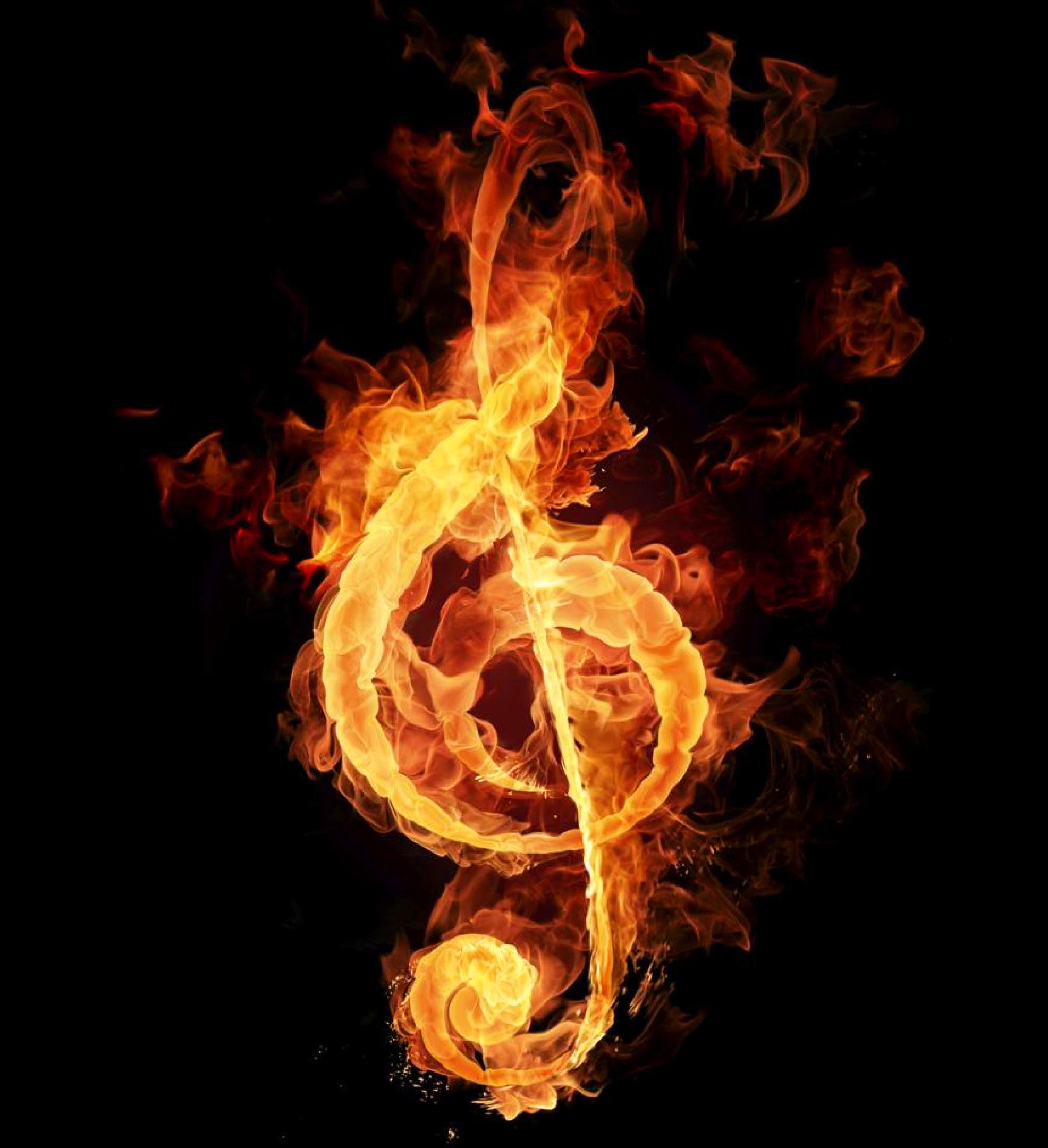First Project | More Audio | Transformation Editor
Main Screen
Your First Project
Daisy
(A Bicycle Built for Two)
Create a New Score
Tap on the Scores button in the upper left corner to open the Score Manager.
Once inside the Score Manager, tap on New Score to bring up the New Score dialog.
Fill in the Title, Subtitle, Composer, and Opus fields with: "Daisy", "Bicycle Built For Two", "Harry Dacre", and "Opus 1". Don't hit Create just yet.
Tap on New Score Setup... to bring up the New Score Setup window. We could have also just tapped on the Piano template to finish and start writing music immediately, but this will be a bit more instructive.
In the New Score Setup window, tap on Flute to add a staff with that instrument sound assigned, then tap on Cello.
Finally, tap on Done to finish up.
Change The Meter
Tap on either time signature. It will turn orange to indicate it is selected for editing.
Tap on the G clef button in the upper right to open the Edit menu.
Expand the Meter panel (if it is closed) by tapping on the arrow at the right.
Change the numerator in the panel to a 3 using the ‘- +’ control to its right, then tap Update.
Tap the G clef button again to close the Edit Menu.
Handwrite Some Music
Tap on the Pencil button to enter Handwriting Mode.
Carefully draw a dotted half C in the third space in measure one of the upper staff, then tap in the next measure. You can write as much as you like in a single measure. Tapping outside the measure renders the measure. Only one measure can be written at a time before rendering. The only exception to this rule is when drawing slurs and ties.
Draw a dotted half A in the second space in measure two of the upper staff.
Draw a dotted half F in the first measure of the second staff, then the same for measure two.
Tap on the Recognize button in the Context Sensitive Menu at the bottom. Using this button is an alternate method to recognize handwriting.
Use Palette Mode To Enter Some Music
Now let’s enter measures three and four using palette mode. Tap on the pencil button to exit handwriting. The highlighting of the button will turn off.
Open the Notes Palette by tapping on the Note button.
Select the half note and the dot at the top of the menu.
Tap and hold in measure three of staff one on the first space F. You can drag up or down before you lift your pencil. Don’t worry if you lift up and the wrong note appears. You can always just tap and drag the note up or down afterwards. If you need more space to the right, you can scroll with two fingers or use the next measure button at the top in the middle of the main menu (navigation group).
Continue in this fashion for the next measure and the two measures in staff two.
For the tie, tap the first F, then select Tie that appears in the Context Sensitive menu at the bottom.
Add A Tempo Marking
Select the first measure in staff one by double tapping in the measure, then open the Edit Menu again.
Tap on Attachements in the type selector segment at the top of the Edit Menu to see more panels.
In the Tempo panel, rename “Untitled” to “Lively”, then, using the BMP (beats per minute) contrrols change the note duration to a dotted half note.
Type 104 into the BPM field and finally, tap on the Add button.
Close the Edit Menu by tapping on the Edit Menu button again.
Listen To Daisy
We’re going to open the factory supplied version of Daisy for this because it is already complete, which will give us a little more listening time. Open of the Score Manager by tapping on the Scores button in the upper left corner.
Once inside the Score Manager, tap on Examples to bring up factory supplied example scores.
Tap on Daisy. You will be brought back to the main window with the complete Daisy. It will probably be named ”Daisy-2”, so your version will not be overwritten.
Tap on the Audio button (the Ear) in the top left. This will bring up the full audio window. There are other ways to audition your score, but this way gives you the most features.
Tap on the Play button (Green triangle). Daisy will play.


